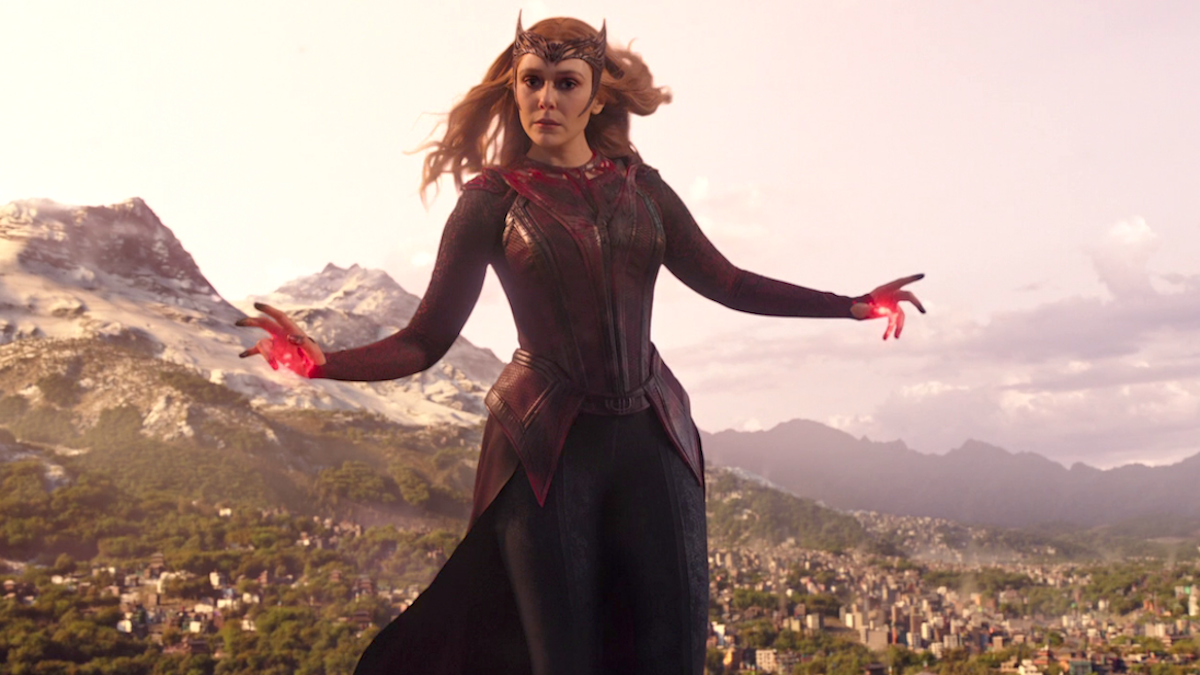Nightcrawler. Beast. Mystique. So many of Marvel’s X-Men have blue skin, and though you may not have realized it before, good luck not noticing it now.
Those behind The Science Of, an organization of STEM educators and communicators who use pop culture to make hard science more attainable, have released a new report that looks into why so many mutants are colored blue.
Dr. Eric Spana, a biology professor at Duke University, points toward blue colorization in the animal kingdom to explain the X-Men’s go-to skin colorization, which is often used to depict “other-ness” in the Marvel universe:
“There are only a few organisms on Earth that can make a blue pigment – a few butterfly species, for example, and there are no vertebrates…
For the X-Men… humans don’t make chitin, so that’s out. The keratin protein is not only a major protein component of feathers, but also human hair – and nails, etc. So might Beast’s blue fur derive from two different mutations: one that causes long fur/hair and another that organizes the keratin in the hair to reflect blue light like a blue jay? Nightcrawler, however doesn’t have that excess hair, but has blue skin. His mutation might be one like the ordered collagen fibers seen on the noses and backsides of mandrills and give him blue skin all over.”
The article is a fascinating read that also delves into the blue coloring of the Kree and the pure-blood Atlanteans, which is an easier sell for Dr. Spana since those characters aren’t actually human but entirely new species. It also covers the famous “blue people” of the Fugate family in 1800s Eastern Kentucky, a real-life example of blue-hued people and a story that could give even the wildest comic books a run for their money.
The X-Men franchise as a whole has received a bit of a resurgence lately. Disney, having bypassed buying the character rights back directly when they purchased Fox as a whole, has slyly hinted earlier this month that mutants are on their way to MCU. Meanwhile, this summer also saw the release Jonathan Hickman’s House of X #1, the first part of a 12-part relaunch of the X-Men comic book universe, receiving high praise amongst fans and critics. The first issue of another new X-series, Powers of X, hits comic shop shelves today, too.
Since the X-Men haven’t had the best run in recent years, it’s nice to see the once flagship Marvel brand slowly inch back into the spotlight. Now if just we could all agree on who should play the next Wolverine.







Published: Jul 31, 2019 4:38 PM UTC